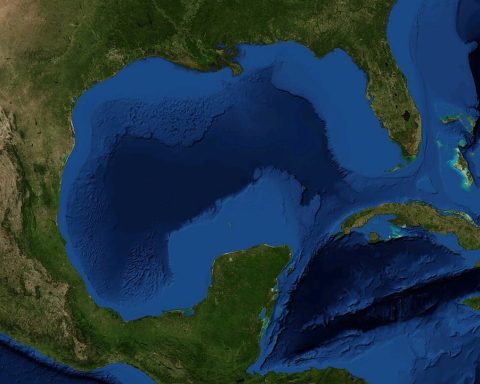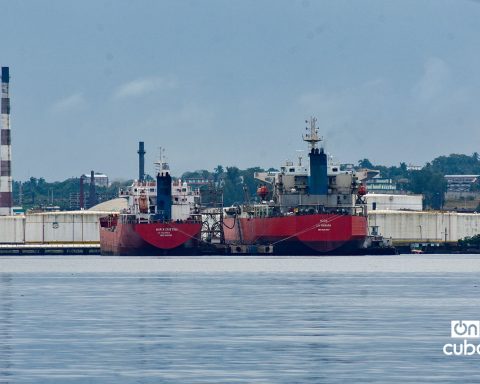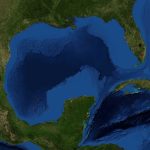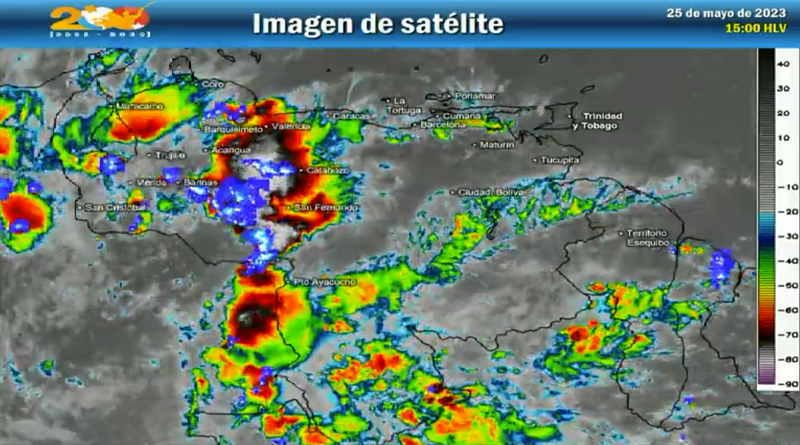A waterspout “in the height” was sighted shortly after noon this Friday in the industrial zone of Matanzas. The phenomenon did not cause damage and coincides with the time of greatest rainfall in the driest territory of the country.
Henry Delgado Manzora meteorologist at the Juan Gualberto Gómez International Airport, after sharing the images on his Facebook profile, commented to the Cuban News Agency (ACN) that the development of the waterspout had occurred extremely rapidly.
Good morning, you can find more information on our website: https://t.co/A08OEvyR53.
We are also on Telegram at https://t.co/Nm3HgW0vkC and Facebook at: https://t.co/WAouVx5mIZ.— Forecast Center, Insmet (@cnp_insmet_cuba) May 27, 2023
It barely lasted about five minutes and did not make landfall, which is why it is not considered a tornado, but when the waterspout forms “in height” it becomes a Severe Local Storm (TLS). It was not a waterspout because it did not make contact with the sea either, the expert referred to the source.
The ACN recalls that TLS are events that present one or more phenomena such as tornadoes, hail, strong linear winds, and waterspouts; the instability of the time of year conditions the formation of these phenomena.
rainy season
Waterspouts can occur at any time of the year, although studies by the Cuban Institute of Meteorology (Insmet) show that the period with the highest incidence corresponds to the rainy season (May-October), specifically between the months of May and July.
The Insmet recently explained that during this period it is common for rainfall totals to increase significantly compared to previous months, even being very high at times.
“Precipitation depends on the influence of migratory systems in the tropics, such as waves and tropical lows, and on their interaction with mid-latitude systems,” explained Insmet.
Rains in Las Tunas
In fact, between Thursday and Saturday territory such as Las Tunas, the province where it rains the least on the island, with an average of 1038 millimeters per year, has reported its longest period of rain.
According to the provincial delegation of the National Institute of Hydraulic Resources, the rainfall has spread throughout the province, but the most benefited locations have been those located in the southern zone.
The province experienced an increase in water storage. ACN explains that, until last Thursday, it barely had 23% of the total capacity of its reservoirs.
According to a report of the newspaper 26the presence of a medium-high level trough over the southeast of the Gulf of Mexico and the western region of the island constitute the direct cause of these rains also experienced in neighboring provinces such as Holguín.
















